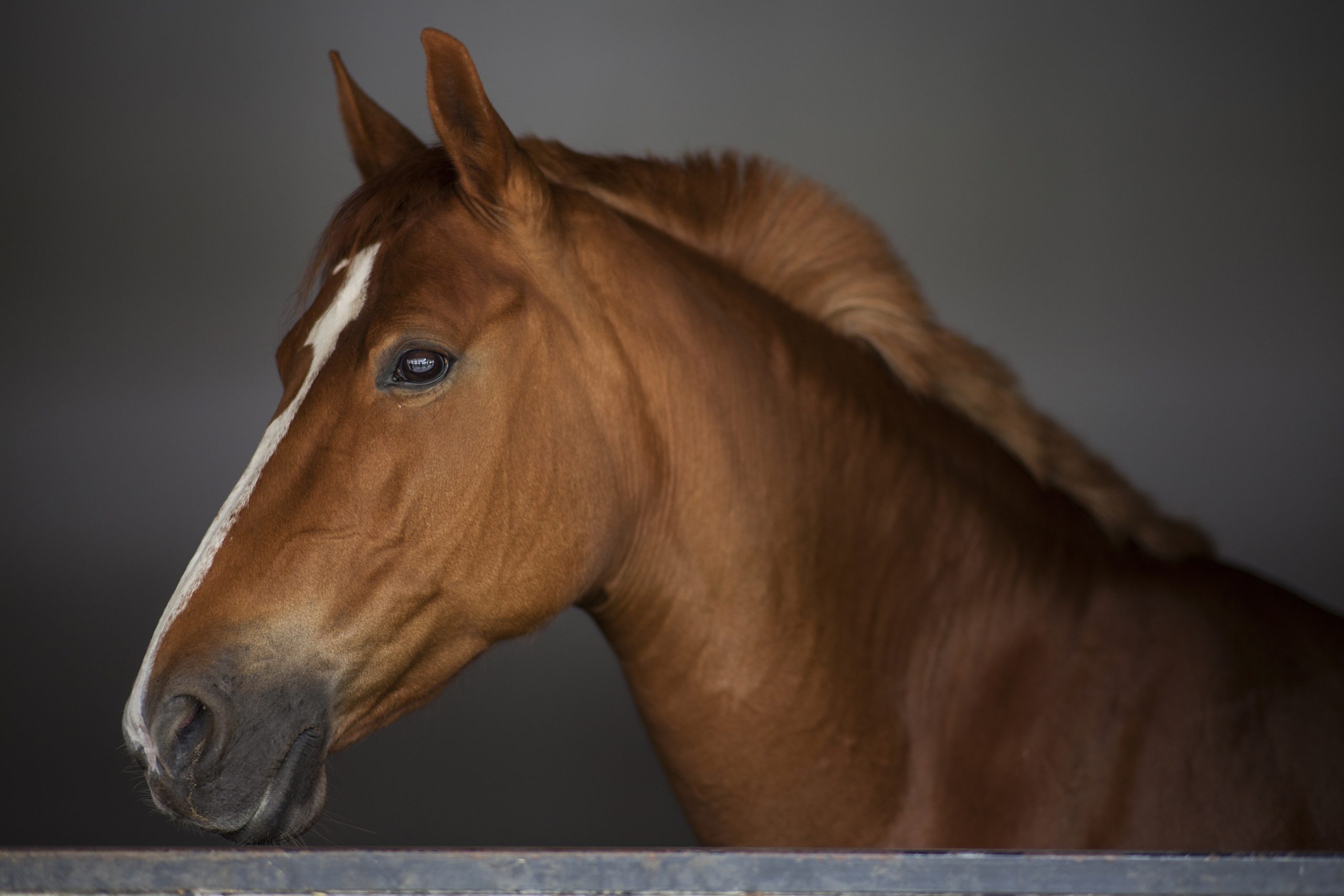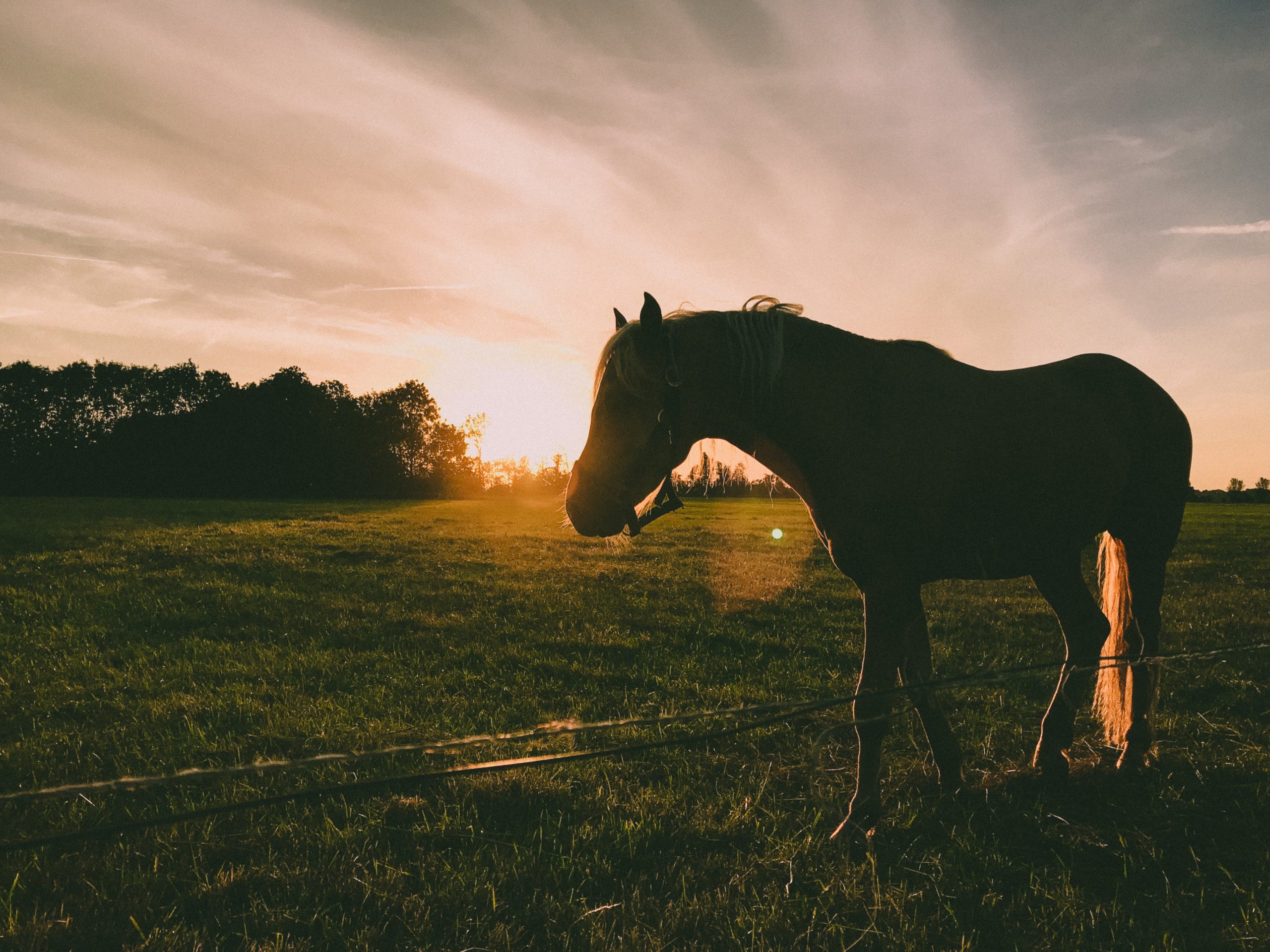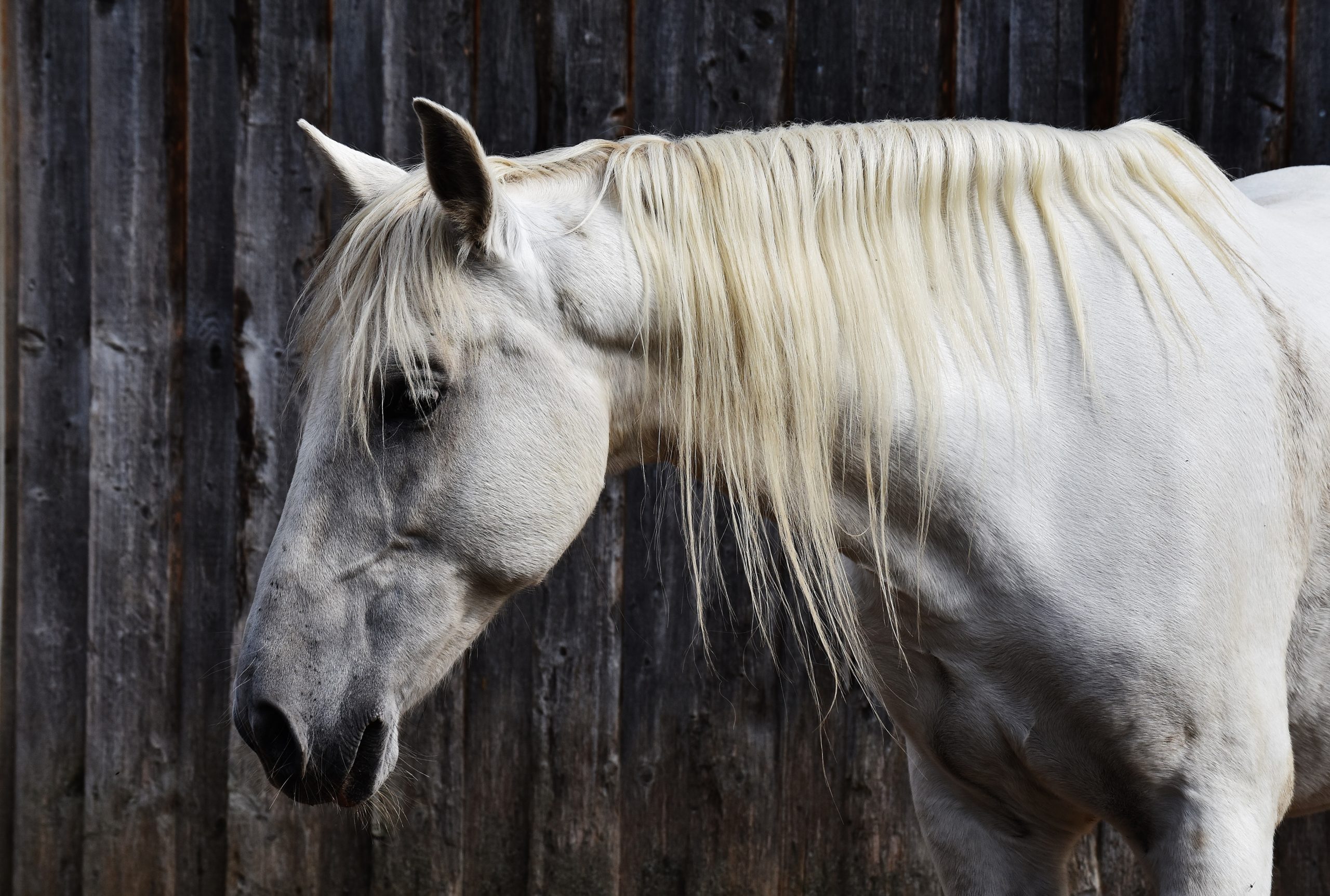It is important that all persons responsible for the health care of horses have an understanding of the common worms and how to control them. Regular worm control of internal parasites is important to ensure proper digestive efficiency and freedom from worm-related conditions.
Heavy worm burdens can lead to recurring colic, poor condition, lack of thrift, chronic or acute diarrhoea, poor stamina and coat condition, and lack of performance in horses of all ages.
Lifecycle of the common internal parasites
Worms living in the tissues and the gut are true parasites, using the horse’s body as a source of nutrition and lodging. Initially, minute larval stages migrate through the gut wall and undergo development (moults) within the body tissues, blood vessels and organs. Even a small number of worms in these stages can cause severe and permanent internal damage. Unfortunately, during this migratory period (up to 6 months for Bloodworms) the larval stages are not controlled by all worming compounds.
The worms do not multiply in the horse’s body but through microscopic eggs passed in the manure. Studies have shown that up to 99% of a worm population exists as eggs or larvae on the pasture or in stable bedding. Worm eggs either hatch to produce minute larvae (Bloodworms, Small Redworms) or develop into infective eggs on the pasture (Large roundworms, pinworms and tapeworms).
The Problem Worms: Large and Small Strongyles
Large Strongyles
The artery Bloodworm (Strongylus vulgaris) has historically been considered to be the most damaging of all internal worms. The migrating larvae damage vessels that supply the gut and internal organs, and the adults suck on plugs of the bowel wall causing poor condition, weakness, ill-thrift, anaemia, diarrhoea, colic and death. However, the use of highly effective worming compounds, and adoption of regular 6 – 8 weekly worming intervals has significantly reduced pasture burdens and these worms have virtually been eliminated from well-managed properties.
Small Strongyles
The larvae and developing adult forms of Small Redworms (Cyathostomes) are now considered one of the biggest threats to horse health. Heavy burdens of Small Redworm larvae are the major cause of worm related ill thrift, reduced vitality, poor blood counts and poor performance.
Why are Small Redworms such a major problem?
- Regular 6 – 8 weekly worming and good pasture management has virtually eradicated the ‘artery’ Bloodworm from well-managed studs and horses stables. However, Small Redworms have a shorter lifecycle can mature to egg-laying adults in only 4 –5 weeks – this leaves a gap of 1 – 3 weeks in which pasture contamination with eggs and re-infection of the horse with hatched larvae can occur. Virtually all horses grazing on contaminated pasture have ‘resting’ Small Redworm larvae, which can remain dormant, fully protected against most worming compounds, for up to 21/2 years under favourable conditions.
- After uptake of food the Small Redworm larvae burrow into the lining of the large bowel to form nodules or cysts where they undergo their development phases. The break of the season with rainfall and warmth (e.g. Autumn and Spring) triggers large numbers of resting forms to emerge from gut wall cysts and complete their development to adults – these conditions favour larval survival and spread on pasture. Large burdens can also be released during times of stress from hard work, sickness, or following routine worming. Heavy burdens of developing adult worms compete for nutrients and irritate bowel lining, causing ill thrift, anaemia and diarrhoea.
- In most countries some strains of Small Redworms have developed resistance to commonly used worming compounds, particularly the Benzimidazole (BZ) drugs. If a horse is only wormed with BZ wormers, a large number of resistant worms remain in the horse and increase in population to cause ill health and poor performance.
Are there any other problem worms?
- Tapeworms have emerged as a significant problem in Australia with up to 60% of horses being infected. Tapeworms live at the junction between the small and large bowel and heavy burdens can cause colic, blockage, ulcers and in some cases death. Currently, only two classes of worming compounds kill tapeworms. It is important to worm at least twice a year with a product that is effective against tapeworms.
- Large Roundworms are most common in foals and young horses – signs include stunted growth, pot belly, and a rough, dull coat. Regular worming and strict pasture hygiene is essential to prevent heavy burdens. By 9 12 months of age most young horses develop immunity against Large Roundworms and infection in adult horses is only a problem in horses under the stress of hard work or disease, and in old horses where natural immunity is reduced.
- Pinworms are not a major cause of concern in performance horses, and are effectively controlled by most wormers.
- Bot fly larvae are considered relatively harmless, except in large numbers and treatment with an effective, sage boticide once or twice a year will effectively control bots. Bot flies cause annoyance, fright and injury risk, as they lay their eggs on the horse’s coat.
- Onchocerca spp and Habronema spp are two parasites that are becoming more prevalent. Both commonly cause secondary skin conditions (Onchocerciasis and Summer Sores) and are controlled by macroclyclic lactone wormers (‘mectins’).
Diagnosis of worms
Most horses have worms. The type and relative burden can be identified following flotation separation of worm eggs from a fresh manure sample (one ball of manure) examined by your vet.
Selection and use of a worming compound
Common worming compounds are grouped on chemical type and the way in which worms are expelled or killed. Benzimidazole (BZ) compounds contain drugs that end in ‘ endazole’. Check for ingredients and spectrum of activity indicated on the label. Macrocyclic lactones or ‘mectin’ family of worming product is the most common class of wormer used in Australia today e.g. Equimax (abamectin), Equimec (Ivermectin), Equest (moxidectin).
Recent studies indicate that the overall efficiency of tube drenching, paste or liquid worming using the same compounds, was similar, provided that the full dose of paste or liquid was given over the tongue without wastage.
Effective worm control
Although modern worming compounds are highly effective, regular worming alone will not safeguard horse health.
Important considerations to improve efficiency of worm control include:
- Careful attention to dosing technique to avoid underdosing and wastage
- Rotation of worming compounds every 12 months to reduce likelihood of drug resistance
- Timing of worming to suit seasonal conditions
- Monitoring manure egg counts to check efficiency of worming and re-contamination rates
In addition, regular collection of manure in stables, yards and small paddocks will reduce uptake of infective larvae. Careful grazing and pasture management to reduce egg and larvae uptake and limit worm survival on pasture, are essential to minimise worm burdens in larger paddocks where manure collection is impractical.
Article courtesy of Dr John Kohnke from ‘Health Care and problems of Horses, 9th edition’ published by Virbac-Vetsearch.
Dr John Kohnke has over 20 years of experience in the health care and management of horses. He is well known for his ability to give sound, practical and up-to-date advice, which is sought by trainers and horse owners worldwide. As Technical Director of Vetsearch for 20 years, John had an opportunity to pursue research in equine nutrition, parasite control, lameness and respiratory problems.




